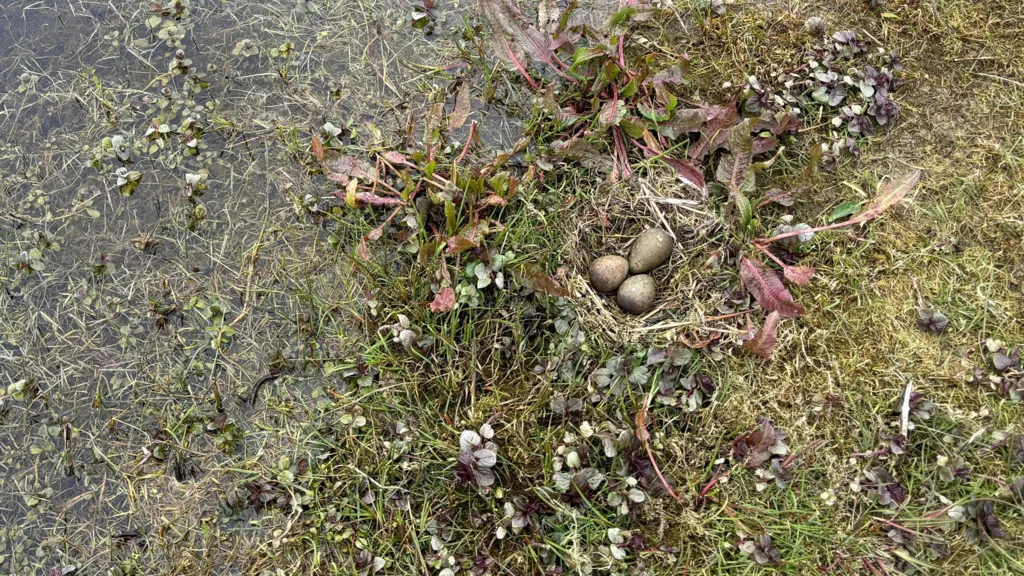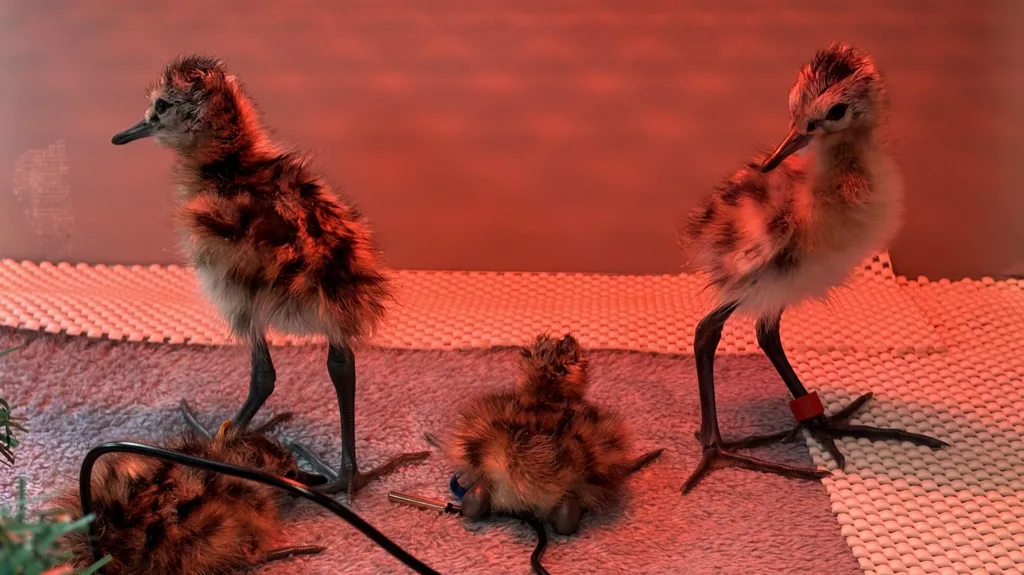A new generation of Black-tailed Godwit chicks has been successfully hatched, thanks to dedicated efforts aimed at protecting this vulnerable subspecies.
Severe flooding across the Nene and Ouse Washes posed significant challenges for Black-tailed Godwits in finding suitable nesting sites, exacerbating the decline in breeding populations.
To mitigate these challenges and safeguard the subspecies, wild bird eggs were carefully collected. This year, a minimum of 20 chicks will be released, marking the establishment of the world’s first captive breeding population.
A member of the Wildfowl and Wetlands Trust (WWT) emphasized the critical role of human intervention, stating that without it, there likely would have been no Black-tailed Godwit chicks fledging in the UK this year.

These chicks, hatched under the care of WWT, will bolster breeding populations, with plans to hand-rear them. With fewer than 50 pairs of these birds remaining in the wild, concerted efforts are underway to ensure their survival.
William Costa, project manager and lead aviculturist at WWT, underscored the importance of ongoing wetland restoration efforts in the Fens, emphasizing that they provide a vital habitat for these birds.
Collaborative efforts involving organizations such as Natural England, the Environment Agency, WWT, and the RSPB are focused on enhancing breeding sites and expanding lowland wet grassland areas in the Fens.
The collection of wild bird eggs from various locations, including lifeboat sites designed as healthy wetland habitats, has contributed to this conservation initiative.
These resilient chicks exhibit remarkable abilities, being able to walk and feed themselves shortly after hatching. WWT staff will continue to provide care until they are ready to fly and increase their chances of survival in the wild.
